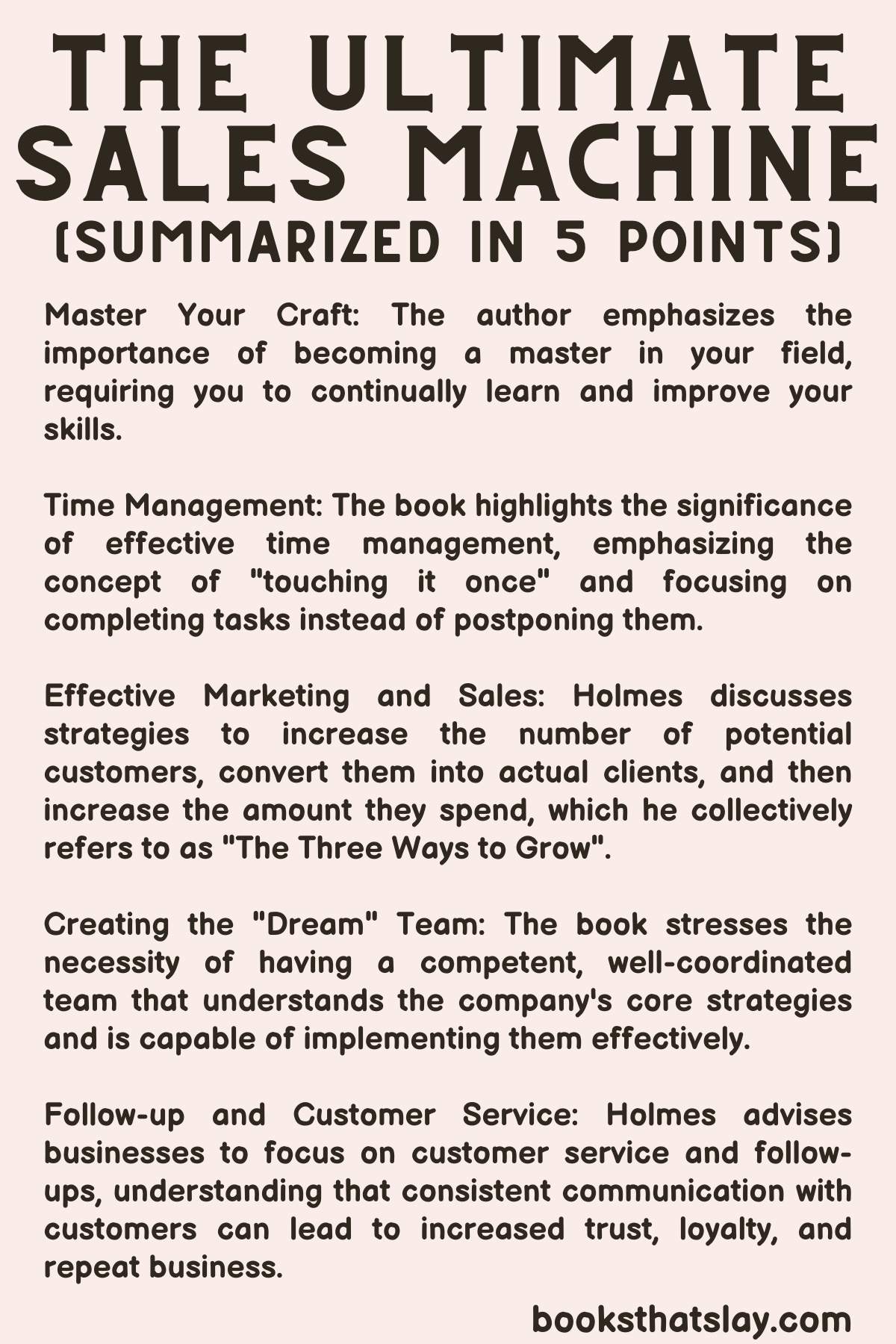Salt Sugar Fat Book Summary
“Salt Sugar Fat: How the Food Giants Hooked Us” is a non-fiction book written by Pulitzer Prize-winning journalist Michael Moss. The book investigates and exposes the methods that food companies use to make their products as addictive as possible, focusing on the “holy trinity” of processed foods – salt, sugar, and fat.
Salt Sugar Fat Summary
Moss argues that these elements are responsible for the increasing obesity rates and declining health outcomes in countries across the world.
1. Sugar
The first part of the book focuses on sugar, and how it has been used by the food industry to make products more appealing.
Moss introduces us to the world of scientists and market researchers who have spent years formulating and testing combinations of sugar, fat, and salt to make food as irresistible as possible.
They have developed techniques such as “bliss point” testing (determining the optimal amount of sugar to maximize consumer enjoyment) and “sensory-specific satiety” (designing foods that your brain doesn’t recognize as filling, causing you to eat more).
Moss also explores the role of sugar in the rise of breakfast cereals, and how companies like Kellogg’s and General Mills marketed these sugar-laden products as healthy breakfast choices.
2. Fat
The second part explores fat, and its essential role in creating the textures that make processed foods so appealing.
Moss discusses how food companies manipulate fat levels to create pleasing sensations in the mouth (referred to as “mouthfeel”), and how foods with high-fat content can create feelings of comfort and satisfaction.
The author also highlights the dangers of trans fats, and the industry’s initial reluctance to reduce their use despite evidence of their harmful effects on health.
3. Salt
The third part focuses on salt, a cheap and effective flavor enhancer. Salt also serves as a preservative, extending the shelf life of processed foods. Moss tells the story of how major food companies, like Kraft, used high levels of salt to mask unpleasant flavors in their products.
He also delves into the negative health consequences of excessive salt consumption, and the industry’s resistance to lowering salt levels, citing fears of decreased consumer acceptance and reduced shelf life.
4. The Effects and Aftermath
In the last part of the book, Moss examines the impact of processed food on public health, particularly in relation to the obesity epidemic.
He interviews former executives from food corporations who confess that they were aware of the health risks posed by their products, yet felt compelled to sell them due to competitive pressures and the demands of shareholders.
Moss also discusses the parallels between the food and tobacco industries in their strategies to discredit scientific research and resist regulation.
He criticizes the industry’s efforts to position individual choice and personal responsibility as the primary solutions to obesity, rather than acknowledging the role of the addictive qualities of their products.
“Salt Sugar Fat” concludes with a call to action.
Moss suggests that the key to reducing reliance on processed foods is consumer awareness and education. He emphasizes the need for consumers to understand the tactics used by food companies and to demand healthier products.

Also Read: Who Moved My Cheese Summary
What can you learn from the book?
1. Understanding The Role Of “Bliss Points” In Food Processing
Michael Moss discusses the concept of a “bliss point,” which is the optimal concentration of salt, sugar, or fat in a product that maximizes the consumer’s enjoyment.
This is a precise formulation developed by food scientists working in the industry. The implications are profound, as it shows how food companies engineer their products to create an irresistible appeal, contributing to an unhealthy diet and potentially leading to health issues such as obesity and diabetes.
The lesson here is to be aware of the “bliss point” concept and realize the influence it has on our dietary choices, making it necessary for us to make mindful decisions about what we consume.
2. The Power Of Marketing And Branding In Food Choices
Michael Moss also delves into the world of food marketing, exploring how companies use branding and advertising to make their products appear desirable.
For instance, breakfast cereals are often marketed as healthy and essential for kids, even though they might be high in sugar. This reflects the power that advertising has in shaping consumer behavior and preferences.
Consumers need to be savvy about the marketing strategies used by food companies and not fall for health claims without scrutinizing the nutritional information.
Also Read: 12 Rules of Life | Book Summary
3. The Hidden Costs of Convenience
Moss elucidates the reality of convenience foods – while they save time, they often come with hidden costs in the form of unhealthy ingredients.
He cites the example of instant noodles, which, while being a quick and easy meal option, are high in sodium and lack essential nutrients. This is a lesson in understanding the trade-off between convenience and health.
It’s crucial to understand that just because a product is quick and easy, it doesn’t necessarily mean it’s the best choice for our health.
4. The Influence of Corporate Interests on Public Health
The book highlights how food corporations can influence public health policy and consumer perception.
As Moss points out, these corporations have a vested interest in maintaining high sales of their products, which often conflict with public health initiatives.
For instance, companies might lobby against regulations aiming to limit the amount of salt, sugar, or fat in foods. This lesson underscores the need to recognize and scrutinize the vested interests of food corporations and the potential conflict between profit and public health.
It’s a call to consumers, regulators, and public health advocates to push for transparency and accountability in the food industry.
Final Thoughts
Overall, “Salt Sugar Fat” is a hard-hitting critique of the processed food industry, revealing the scientific, marketing, and corporate strategies that have contributed to the global obesity crisis.
Also Read: